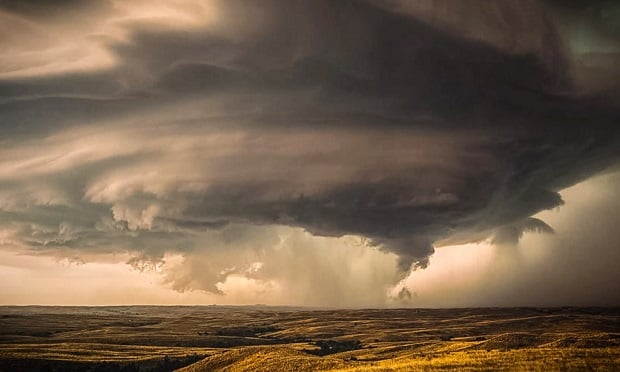 No two tornado claims are exactly the same, but following the steps outlined here will help insureds reach their financial recovery goals. (Shutterstock)
No two tornado claims are exactly the same, but following the steps outlined here will help insureds reach their financial recovery goals. (Shutterstock)
That Tuesday seemed like any other Tuesday in recent history. John, a plant manager at a large manufacturing facility, was nearing the end of his shift. He made his final checks, said goodbye to a few colleagues and stepped outside of the facility.
Recommended For You
Want to continue reading?
Become a Free PropertyCasualty360 Digital Reader
Your access to unlimited PropertyCasualty360 content isn’t changing.
Once you are an ALM digital member, you’ll receive:
- Breaking insurance news and analysis, on-site and via our newsletters and custom alerts
- Weekly Insurance Speak podcast featuring exclusive interviews with industry leaders
- Educational webcasts, white papers, and ebooks from industry thought leaders
- Critical converage of the employee benefits and financial advisory markets on our other ALM sites, BenefitsPRO and ThinkAdvisor
Already have an account? Sign In Now

